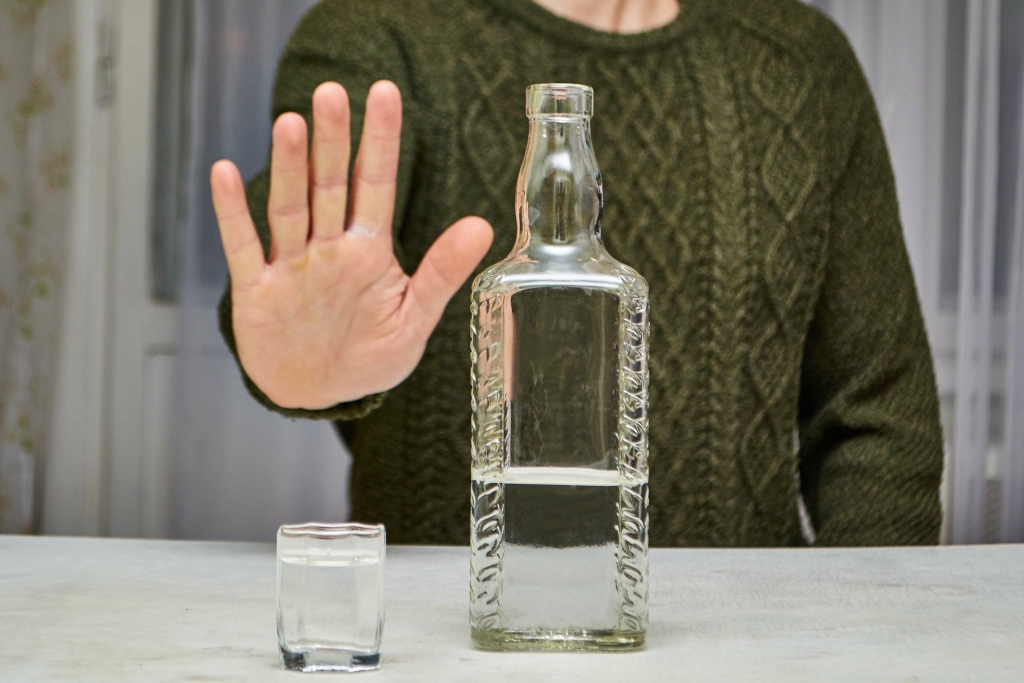Unfortunately, only about 15-20% of people with alcoholism get help from doctors or treatment programs. A lot of people don’t get help until they are forced to by myths about alcoholism a court, family member, or employer. Little is known about the most effective type of education intervention for AUD stigma-reduction. Future studies could, therefore, compare the effectiveness of different education interventions.

Myth #1: Alcoholism is solely caused by an addictive substance
This study aimed to expand the current evidence base for myth-fact interventions addressing public AUD stigma. The Delphi panel of professionals and experts by experience reached consensus on four myth-fact pairs that were more important to include in an anti-stigma intervention. High importance was also ascribed to multiple other myth-fact pairs, suggesting inclusion of a range of stereotypes would be beneficial in future anti-stigma interventions. The study’s findings can inform anti-stigma interventions for AUD and its approach applied to develop myth-fact interventions for other substance and behavioural addictions. It should not be used in place of the advice of your physician or other qualified healthcare provider. The effects of alcohol start sooner than people realize, with mild impairment (up to 0.05 blood alcohol concentration BAC) starting to affect speech, memory, attention, coordination, and balance.
MYTH: Drinking underage is a rite of passage for every teen.
- Once again, another stop along the continuum of care meant to ease the transition into normal life.
- Many believe alcohol kills brain cells because it shifts thoughts and actions.
- It’s crucial to understand that sobriety cannot be rushed and that the body requires time to process and eliminate alcohol.
- The belief that mixing different types of alcohol leads to higher levels of intoxication is a common misconception.
With scores for the six other myth-fact pairs fluctuating more, these findings suggest a relatively stable consensus on the most and least impactful pairs. To compare experts’ views to the existing literature, stereotypes in the review were classified as either ‘endorsed’ or ‘not endorsed’ by the public. This methodology was reversed for non-stigmatizing attitudes (e.g. ‘a person who has had alcohol treatment is just as intelligent as the average person’).
“Willpower Alone Can Stop An Addiction”
Some alcoholics do have to lose everything before they get better. It’s not necessary to wait until things are “bad enough” to ask for addiction therapy. Instead, relapse is so common in addictions that many experts have considered adding relapse to the diagnostic criteria. In many ways, relapse is the consequence of treatments that don’t (or can’t) reverse the brain changes to the pre-use state. Addiction neuroscience has done a great job of identifying brain systems involved in the processes of addiction, withdrawal, and craving.

Myths and facts about alcohol use disorder: a Delphi consensus study
But those qualities don’t necessarily make it a healthier choice. Taking aspirin, Advil, or any of the NSAIDs while drinking increases the risk of gastrointestinal troubles, like bleeding and ulcers. Wait until your headache hits the next day, and then take an Advil, preferably with a big gulp of Pedialyte. The reigning belief is that beer is a “softer” drink that can’t cause drunkenness as quickly as, say, shots of vodka. Switching to hard liquor after a few beers can make the feeling come on too fast, usually resulting in vomit (or so the myth goes).
Myth #2: Alcoholics should avoid all places with alcohol and people who drink.
Gastroenterologists emphasize that drinking on an empty stomach can lead to faster absorption and increased sickness, regardless of whether one starts with beer or liquor. Whether you are struggling with addiction, mental health or both, our expert team is here to guide you every step of the way. Don’t wait— reach out today to take the first step toward taking control of your life. Addiction is a chronic, relapsing condition driven by changes in brain circuitry, particularly in areas controlling reward, stress, and decision-making.

Not much progress has been made in predicting the risk of addiction. Over my 50-year career as an addiction researcher, these are the most common misconceptions I’ve heard about people with alcohol and drug addictions. Eating before drinking can slow your body’s absorption of the alcohol, but it can’t Oxford House prevent you from getting drunk.
Myth 6: “I maintain my job and responsibilities, so my drinking is under control”
It’s worth noting that carbonated drinks like beer or mixed drinks with soda can be absorbed more quickly into your bloodstream, potentially leading to faster intoxication. However, it’s a misconception to believe that this prevents intoxication. The alcohol consumed will still be processed by the body and can still lead to impairment; the onset of intoxication is simply delayed. Studies have shown that having food in your stomach, particularly high-protein foods, can slow down the processing of alcohol, thus delaying the rise in blood alcohol concentration (BAC). Many teens are introduced to alcohol during school and this behavior continues into adulthood, becoming at dinner tables, holiday gatherings, and celebrations.


